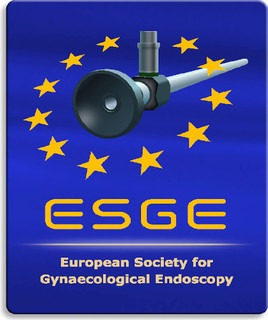Fibroid vascularisation assessed with 3D Power Doppler as predictor for fibroid related symptoms and quality of life; a pilot study
Uterine fibroid, 3D, power doppler, vascularity, heavy menstrual bleeding, health related quality of life
Published online: Jan 12 2022
Abstract
Background: Uterine fibroids present differently, from well vascularised up to calcified, with some causing heavy menstrual bleeding (HMB).
Objectives: To investigate the association between fibroid vascularisation and HMB, other fibroid related symptoms and quality of life (QOL).
Materials and Methods: A single centre pilot study was carried out in the Netherlands. Women with a maximum of two fibroids who chose expectant management were included. 3D sonography including power doppler was performed at baseline and at 3, 6 and 12 months follow up. Women were asked to complete the Pictorial Blood Assessment Chart (PBAC) and Uterine Fibroid Symptom and Quality of Life (UFS-QOL) questionnaires at every visit.
Main outcome measure: The association between fibroid vascularisation and HMB.
Results: 53 women were included in the study. Baseline fibroid vascularisation, measured as vascular index (VI) is associated with PBAC score; a 1% higher VI at baseline leads to an 11 point increase in PBAC score over time (RC 10.99, p=0.05, 95% CI -0.15 – 22.12). After correction for the baseline variables ethnicity and fibroid type the association becomes stronger (P<0.05). Fibroid volume at baseline and HMB are also associated: a 1 cm3 larger fibroid leads to 0.6 points increase in PBAC score over time (RC 0.56, p=0.03, 95% CI 0.05 – 1.07).
Conclusions: This study highlights that both fibroid vascularisation and fibroid volume may be associated with an increase in menstrual blood loss, other fibroid related symptoms and QOL over time.
What is new? We used 3D power doppler to predict symptomatic fibroids.



